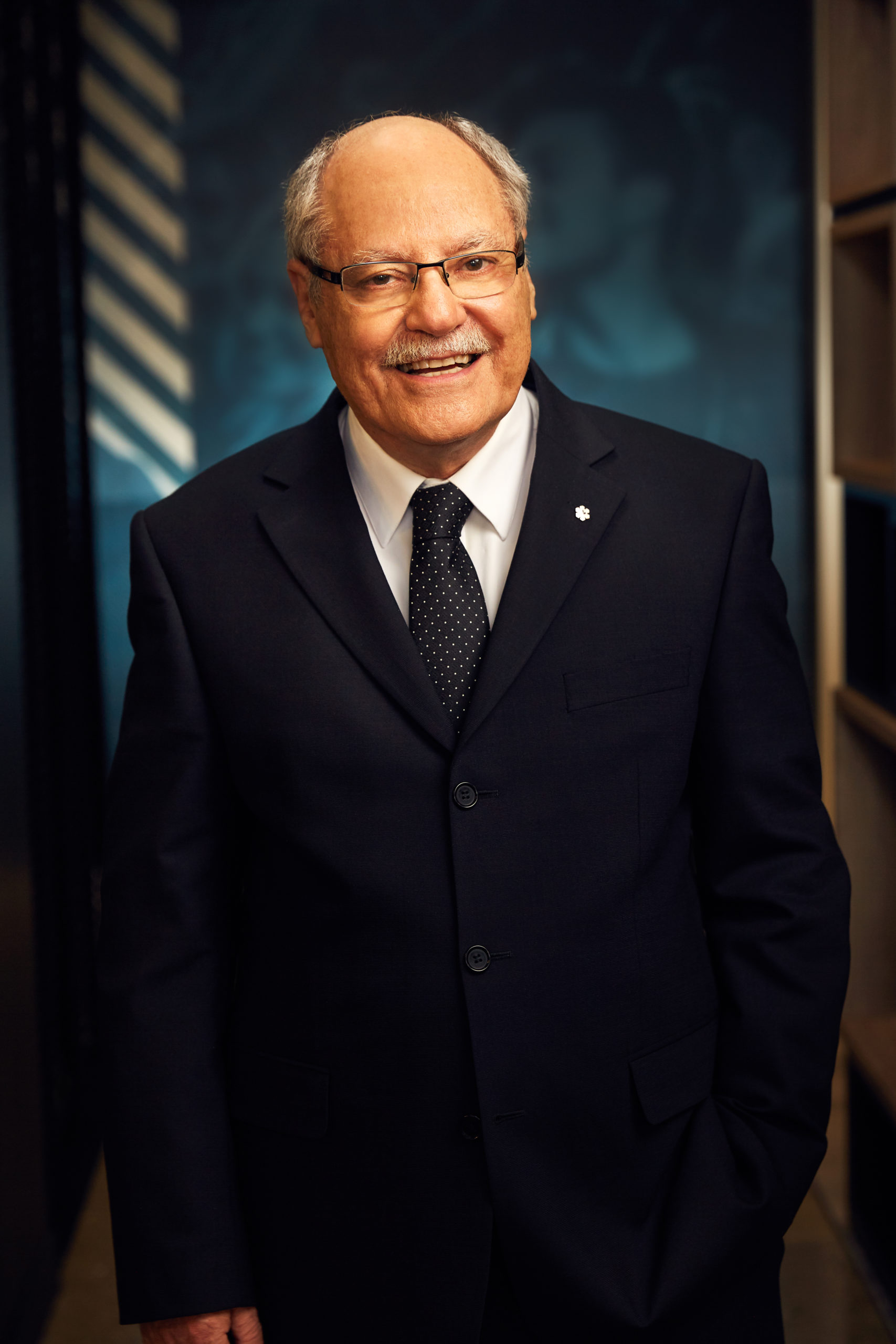Entertainment
Canadian Colossus: Cineplex CEO Ellis Jacob on Becoming Canada’s Entertainment Destination – Boxoffice

Boasting approximately 74 percent of the market share of Canadian cinemas, there’s no doubt that Cineplex is practically synonymous with cinema in Canada. But cinemas aren’t the stopping point for the fourth largest chain in North America by screen count (as determined by this year’s Giants of Exhibition ranking). Cineplex also has a diversified business portfolio, including in-cinema advertising, digital signage, location-based entertainment, and more. Boxoffice Pro spoke with CEO Ellis Jacob about just a few of the ways Cineplex dominates the entertainment space in Canada.
In Q4 of 2023, Cineplex sold its Player One Entertainment Group division, which provided amusement and vending equipment. Why was it the right time to sell?
We have grown the business nicely. Basically, it’s not the sweet spot of what we do. We are a retail business, whereas P1AG was a business-to-business concept. We thought it was good to divest, pay down our debt, and put our balance sheet in a much stronger position as we move forward.
Cineplex was an early player in the concept of location-based entertainment, and you have plans to open three more through the end of this year. What do you think is the potential for location-based entertainment across Canada? What can the market sustain?
We will have 16 [location-based entertainment complexes] at the end of this year. Across the country, we could probably go to a number like 30. But it’s not going to happen overnight. It’s got to be the right location, the right size, and [it has to fit] our ability to get the most synergies from the theater business. Really, our long-term focus is to be the leader in entertainment for Canadians, so when you think about entertainment, you think about us—whether it’s in a Rec Room or Palladium [location], or a movie theater. We’ll continue to look at premium experiences in theaters. We will continue to invest in our UltraAVX, our VIP [auditoriums], our Imax, D-Box, ScreenX, 4DX. That will all be part of what we have going forward. A significant amount of our revenue is coming from premium experiences. Guests love them.
You do have a lot of variety in the premium formats you offer.
This is something we’ve done for quite some time. We started off with 3D, and we’ve continued to widen the appeal for our guests. You can see a movie close to eight different ways today.
You’ve also experienced growth in your audiences for international films.
Before Covid, we were at two to four percent [of box office coming from international film], and now we are at 13 percent. One thing we’ve been able to use—and it’s been very helpful—is our data. Our loyalty program has given us great information about our guests and allowed us to communicate [with the right people about the right films]. We’re also using AI, so we can pinpoint where a movie should play and what the showtime should be. It helps us tremendously because it allows us to program properly and staff adequately. We want it to be a seamless experience. We now [give customers] the ability to purchase concessions online before they get to the theater. You just pick up [your order] and go to your seat. You don’t have to line up like you would in the old days.
How has the response been on the roll-out for mobile ordering?
It’s still relatively new, but the positive effect is that guests are actually consuming more [by using online ordering], from an overall purchase perspective.
You’re very strong with premium formats and very strong with international titles—is there much crossover between those two audiences? Have you had success playing international films on some of your premium formats?
We do. A lot of times we end up playing them in Imax. We play them in UltraAVX and even put them into certain VIP theaters. They have done very well for us. It’s about giving [guests] an offering that they couldn’t replicate at home and having them enjoy that social experience.
Can you talk a bit more about how you approach the discovery process at Cineplex? Data from your loyalty program allows you to target your marketing with great precision, and an industry initiative like National Cinema Day gets people out to the cinema where they see trailers and marketing and such for upcoming films. Is there potential in an event like you see in some other countries, something designed specifically around showcasing upcoming content?
We are very careful—in Canada, we don’t run an unlimited amount of trailers or advertising, because you want the guests to come in and have a great experience. We are very focused on the overall offering that we give.
With the digital signage side of your business, I imagine you have a lot of insight as to what works for your consumers, in terms of advertising.
With our digital media business, we signed [real estate developer, owner, and operator] Cadillac Fairview and [real estate investment fund] Cominar, which is in Quebec. We control [digital signage in] basically nine of the most trafficked malls in Canada, and we bought a significant number of screens. So we are a huge touch point. And one other differentiator is the cinema media side of the business. Because, unlike our peers in the U.S. and other parts of the world, we own that business. And we certainly keep a significant portion, whereas in the U.S. they only get a small percentage. We run [our own in-cinema advertising division, Cineplex Media], and ad agencies come to us and we can offer them a whole host of different ways to advertise. In a recent study, it was found that cinema advertising has the most retention of anything. You’ve got so many distractions with phones and computers and everything—[in the cinema guests] are totally engrossed in the screen. Given Cineplex’s presence, you can basically send a message right across the country. A lot of car companies and telecom companies want that because it allows them to speak and engage with their clients.








